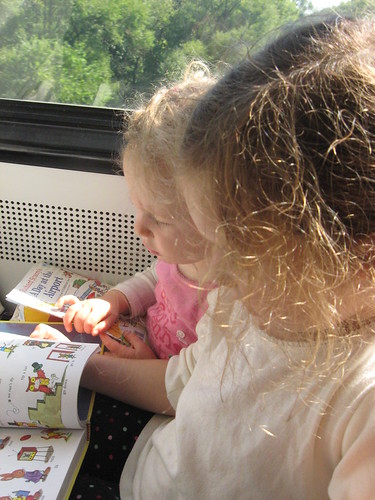 When I was younger and my mother needed something to keep my
When I was younger and my mother needed something to keep mysiblings and I occupied, she’d make water babies. Filling balloons with water, she’d hand us
markers and we’d go to town, decorating our water babies, taking boxes lined
with tissue to make beds, and making various outfits for them. Inevitably, though we’d drop the balloon on
the grass, or it would brush up against the edge of paper or something else
sharp, and our beloved water babies would be gone – popped in a rush of water.
babies needed an outfit, a protective cover to protect it from the world. Being handy with a hook, I made small bags
that my balloon would rest in, to be protected.
Over time these developed into quite elaborate creatures in their own
right.
back to mind. I have two young girls in
my life, and they were playing with water babies the other week. Inevitably, one got dropped on the hot
asphalt, and burst… leading to some quite natural tears. I decided it was time for me to break out my
hook and an old idea, and give it a new twist.
water baby pattern.

(12 sts) Join to next st with sl st. BO.
repeat from * 6 times total.(18 sts)
sts, repeat from * 6 times total. (24 sts)
* 6 times total. (30 sts)
* 6 times total. (36 sts)
sts, repeat from * 6 times total. (42 sts)
sts, repeat from * 6 times total. (48 sts)
* 6 times total. (54 sts)
from * 6 times total. (60 sts)
from * 4 times total. (60 sts)
total. (54 sts)
total. (48 sts)
total. (42 sts)
from * 6 times total. (36 sts)
total. (30 sts)
from * 6 times total. (24 sts) At this point you should stuff your orange ball.
total. (18 sts)
total. BO. (12 sts)
a knot in one end, use the tail to attach the other end to the water baby.
(12 sts) Join to next st with sl st. BO.
repeat from * 6 times total. Join to Ch 1 with sl st. BO.(18 sts)
balloon into the back, fill with water or air. Tie balloon end in knot and
play!







